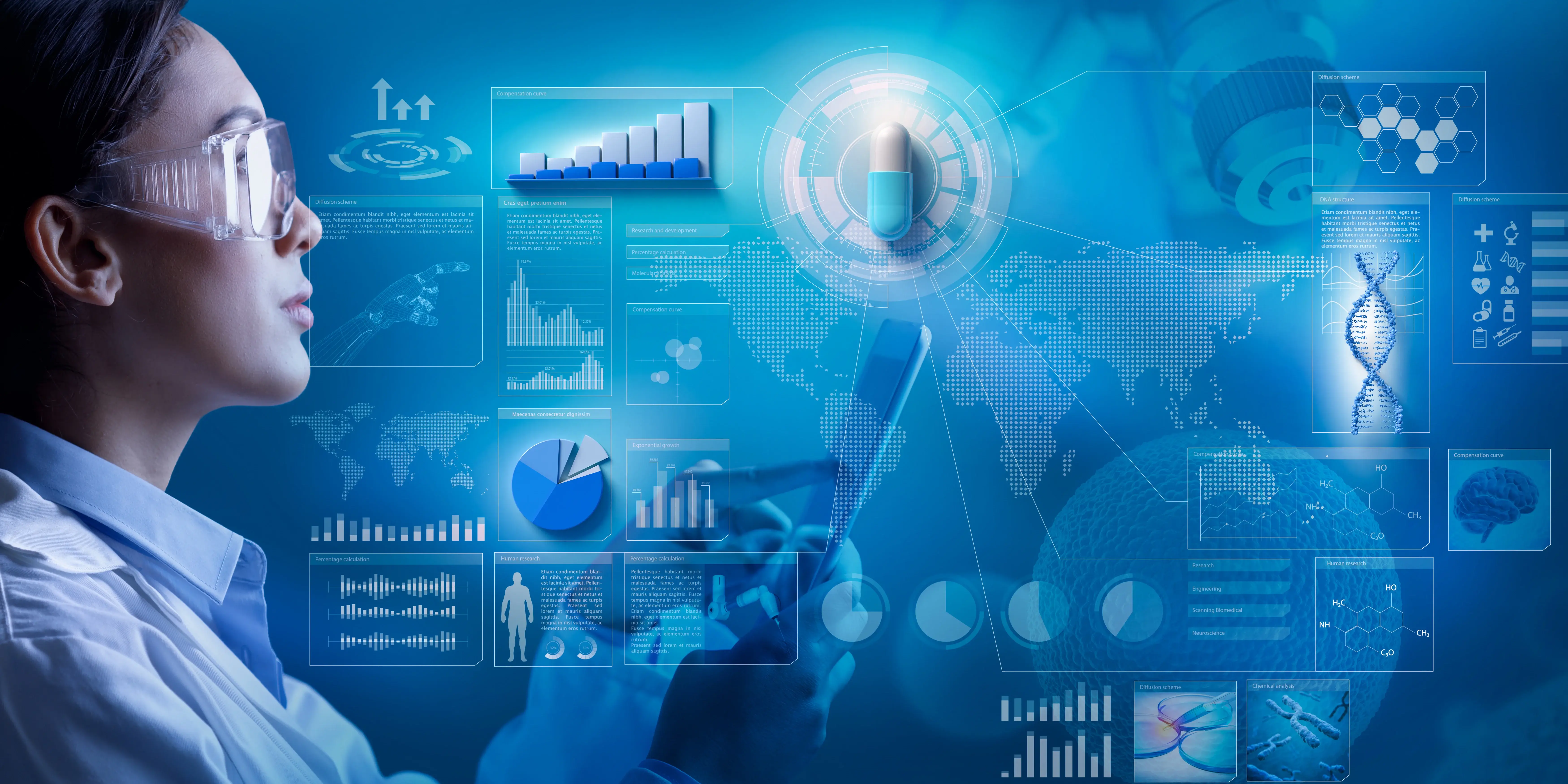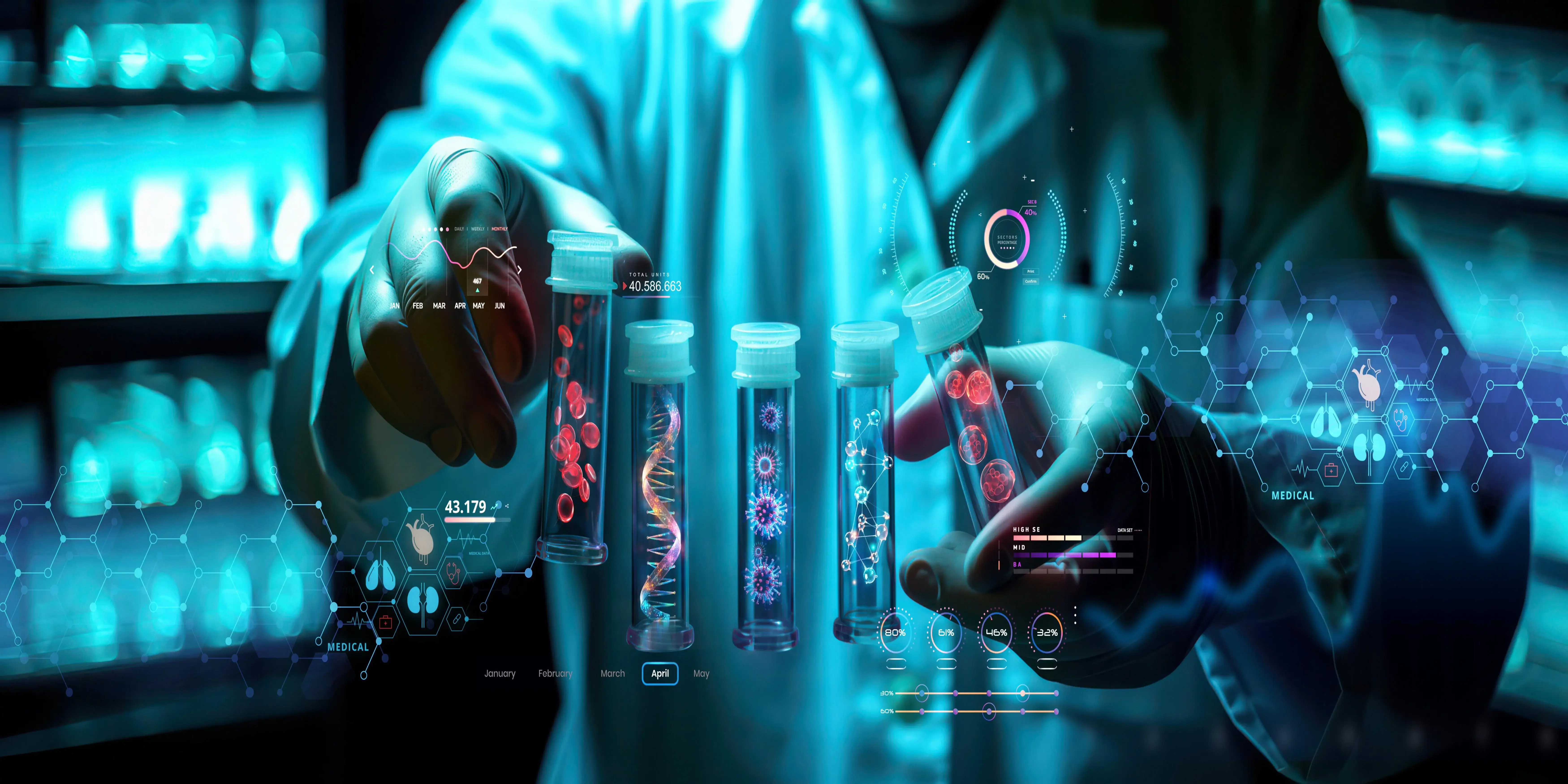Specimen collection is one of the cardinal steps in medical diagnostics, being the bedrock of accurate laboratory tests and clinical decisions. The kind of specimen being taken, urine, tissue, or any other form of biological material should abide by the standard principles such that the results produced shall be sound and valid. This piece reports on the basic principles guiding the collection of specimens, methods applied in practice, the problems associated with the practice, and the role that health practitioners play in incorporating quality standards.
Understanding Specimen Collection
Specimen collection What is specimen collection
Specimen collection is one procedure that involves collecting samples from the patient for further testing in the laboratory. The specimens are often used for diagnosis, monitoring, and evaluation of health disorders. Some examples of specimens include blood, urine, sputum, stool, tissue biopsy, and swab for microbial cultures. Results in the laboratory depend on the proper acquisition, handling, and transportation of the specimens.
Why Do You Need Specimen Collection
Accurate and prompt specimen collection is essential in disease diagnosis, effectiveness of a treatment, and guiding management. Contamination, wrong results, misdiagnosis, or late treatment with dire implications to patient care all emanate from poor specimen collection practices. Therefore, a need arises to follow proper protocols that ensure healthcare professionals make well-informed clinical decisions.
Modern Specimen Collection
Over the years, practices in collecting specimens have evolved to be able to improve techniques and technologies contributing to reliability in achieving better laboratory results. Automation, digital tools, and technologies streamlined the process of collecting with minimal errors.
Principles of Specimen Collection
Patient Preparation and Identification
Before specimen collection, the correct identification of the patient is ensured; otherwise, errors will not be rare. Generally, two identifiers name and date of birth are relied on for matching the patient's identity. Patient preparation differs from the kind of specimen to be collected. Illustrations are that fasting is done when a patient's blood specimen is required for testing glucose and lipids, while some medications might be discontinued before urine testing. Also, clear communication to the patient of requirements and procedures would ensure cooperation and accurate results.
Aseptic technique with infection control
An aseptic technique should be maintained in specimen collection. This includes proper application of personal protective equipment, use of sterile collection materials, and proper hand hygiene. The collection site must always be cleaned and disinfected before performing the sampling procedure, especially where in the cases of venipuncture or tissue biopsy, pathogens are potentially introduced.
Use of Specimen Collection Devices
The type of apparatus used must be proper to ensure that the collection of specimens is valid. For the collection of blood, tubes containing specific additives like EDTA, sodium citrate, etc. are used depending upon the requirement of the test. Clean-catch midstream specimens are preferably used for urine collection to avoid contamination. Collections through swabs will require the type of swab to be either cotton or nylon, depending on the culture requirements, whether bacterial, viral, or fungal. Proper handling and usage of collection devices ensure the integrity of a sample.
Common Methods of Specimen Collection
Venipuncture and Capillary Sampling of Blood
Blood specimens are perhaps the most common specimen submitted to the laboratory for analysis. The best method for obtaining larger quantities is usually venipuncture, where a needle will be inserted into a vein. Capillary sampling is often accomplished with a fingerstick or heel stick-will be used for most smaller volume specimens, mainly in infants or patients whose access is not very good via the venous system. It is a must that the collection site be prepared before collection, and one should implement an antiseptic that may minimize the chance of infection and contamination.
Urinary Collection
Urine specimens are used for a wide range of diagnostic tests, from urinalysis and drug screening to microbiological cultures. The method of urine collection varies with the purpose of the test: random urine collection, timed collections (e.g., 24-hour), or clean-catch midstream urine samples. Clean-catch minimizes contamination by first having the patient clean the urethral opening before collection.
Tissue Biopsy
A sample is asked for histopathological examination, and when a tissue is required, biopsies are done. This procedure is mainly applied in the diagnosis of various conditions like cancers, infections, or inflammatory diseases. It may be performed through needle aspiration, punch biopsy, or excisional biopsy depending on the location and nature of the tissue sampled.
Challenges in Specimen Collection
Sample Quality and Contamination
Perhaps, the biggest challenge of specimen collection is the quality of the specimen. A specimen taken or mishandled badly or contaminated may adversely affect the results of a test. For example, hemolysis during the collection of blood can skew results in potassium or lactate dehydrogenase assays. Contamination of urine or swabs may also yield false positive results in microbial culture.
Transport and Preservation of Specimen
In remote or resource-poor settings, specimens face the challenges of transport and storage when preserved, and their integrity is usually maintained after collection. Procedures involving blood gases or cerebrospinal fluid will be processed immediately, but others will require refrigeration or freezing to maintain their integrity. Specimen transport is a challenging issue in the above-mentioned settings as it may undergo delays or improper handling of the samples by individuals, which can cause the samples to deteriorate.
Patient Factors and Cooperation
Patients are an important component in the collection of specimens and must cooperate with several diagnostic procedures for the correct result of specimens. Some patients, with various anxiolytics and discomforts during venipuncture or biopsy, are sensitive to their overall maneuvers and may not easily follow the instructions; thus, smooth communication and patient concerns could be very important for the collection of specimens.
Conclusion
The collection of specimens represents one of the most basic components of medical diagnostics and clinical care. Adherence to the principles of patient identification, aseptic technique, appropriate device utilization, and proper labeling ensures integrity in the sample and ensures that results produced in the laboratory are valid. Going forward in healthcare, the ongoing development of technology and automation will also advance specimen collection practices with an eye on improving patient outcomes. These, however still require good ongoing training and above all best practices adherence about contamination, and specimen transport, among others, from the patient to the laboratory.



